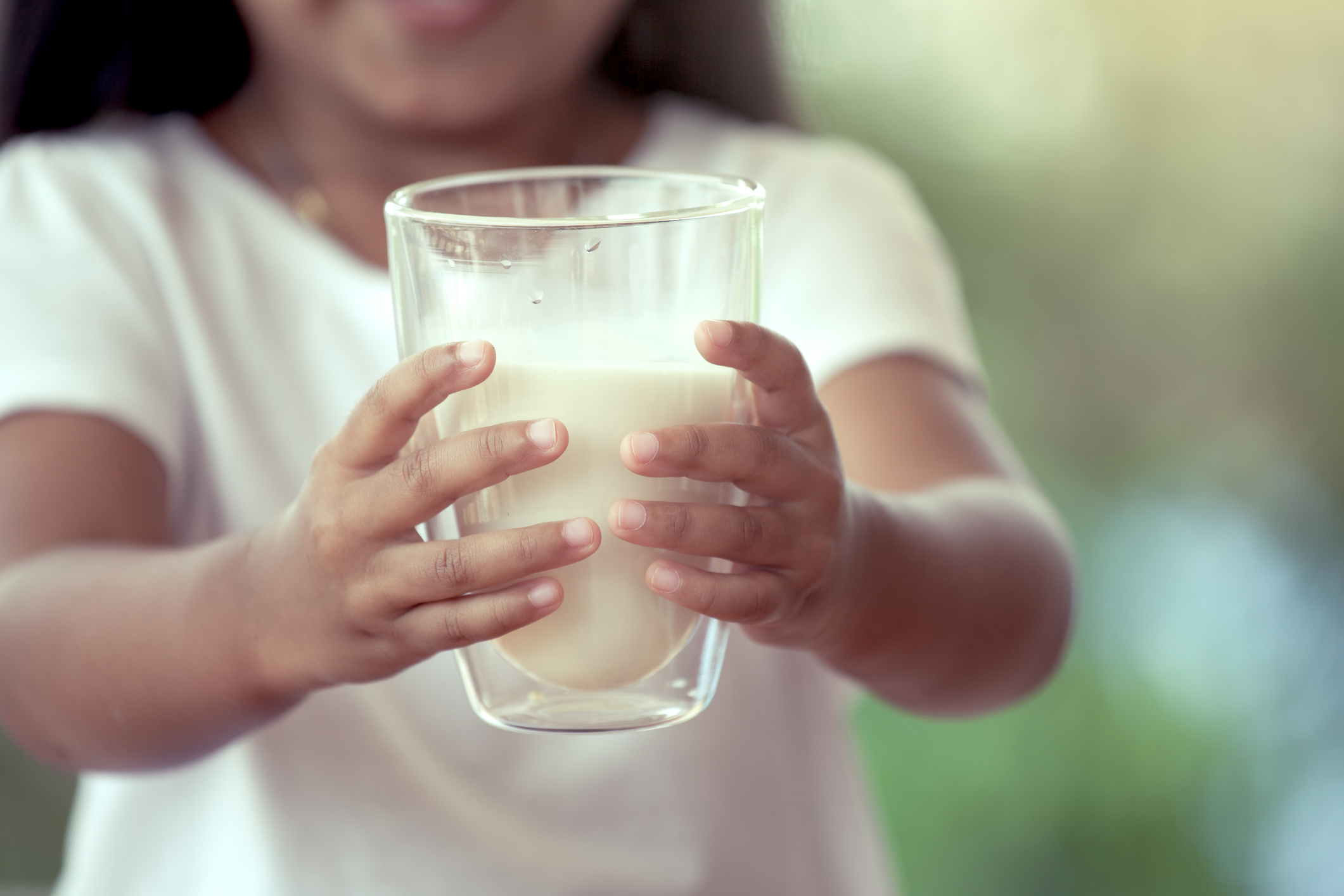
Health & Medicine
Staying healthy in old age

Sedentary children are more likely to suffer musculoskeletal disorders like osteoporosis in later life making them more prone to debilitating falls and fractures in old age
Published 20 September 2017
Brittle bones, fractures and loss of muscle mass and strength are part of getting older for many.
Musculoskeletal disorders like osteoporosis (brittle bones that are prone to fracture), sarcopenia (progressive loss of muscle mass and strength) and a combination of the two, the newer osteosarcopenia, are high on the radar for researchers in the field of ageing.

For the more than 66 per cent of Australians over 50 who experience an osteoporotic fracture (most commonly the wrist, spine, hip and femur), there is an increased risk of developing other chronic health conditions and experiencing subsequent fractures, as well as a reduced quality of life and loss of independence. And twenty per cent of elderly people that fracture their hip will die within the next 6 months.
Moreover, the number of Australians with osteoporosis and osteosarcopenia is set to climb from 4.74 million to 6.2 million by 2020, representing a significant burden on the healthcare system.

Health & Medicine
Staying healthy in old age
And while considerable resources are channelled towards addressing this challenge, we argue so far researchers have missed a vital piece of the puzzle: childhood.
Globally, young people are now sedentary for more than 60 per cent of their waking hours. And according to the most recent National Health Survey, Australian children are no exception.
Sedentary children are more likely to have low muscle mass, reduced strength and poor physical function compared to more physically active children. Although further research is necessary, there is evidence to show sedentary children have bone density that is 10 per cent lower than their more active counterparts, making them more prone to fractures in old age.

Bone mass is accrued until our twenties when it peaks, dictating the point from which age related decline occurs. Between the ages of 20 and 70 years, there is a 20 - 40 per cent reduction in muscle strength, and an up to 40 per cent loss in muscle mass.
Weight-bearing physical activity increases bone density, structure and strength, particularly during childhood. So the goal is to achieve the highest possible peak of bone mass during childhood, adolescence and young adulthood, prior to the start of ageing-related decline.
Apart from having low bone density, sedentary children may also have less well-developed reaction skills or executive function - for instance the ability to catch a ball or dodge obstacles. Physically active children’s games are an important part of this cornerstone of development, for example regaining balance quickly after tripping over something.

Arts & Culture
Toddlers need books, and lots of conversation
During childhood, poor executive function could be interpreted as ‘clumsiness’, because the ability to react quickly is also important for maintaining balance and avoiding falls. If these skills are not developed during childhood, the likelihood of falling ‘heavily’ remains throughout the rest of a person’s life.
Lower bone density combined with poor executive function mean a person is more likely to face the wicked problem of fractures in old age.
The risk is particularly acute for socially disadvantaged children, who face multiple risk factors for musculoskeletal disorders later in life; a higher chance of leading a sedentary lifestyle is combined with lower levels of calcium in the diet, a higher chance of smoking during adolescence and lower levels of health literacy (the ability to seek, understand and use health-related information).
Indeed, the accumulation of disadvantage over a lifetime may increase the risk of bone and muscle loss during the ageing process, resulting in earlier onset of musculoskeletal disease.
In a clinical setting, there are lots of opportunities for healthcare professionals to improve the long-term musculoskeletal health in children by recommending lifestyle interventions. In particular this may be case for specific populations of children, including those that are obese, have diseases such as cerebral palsy or skeletal dysplasias and socially disadvantaged children.

There are four recommendations for children to prevent osteoporosis later in life:
Physical activity: Role modelling by parents goes a long way to encouraging children to be physically active, and there are many free options for outdoor play like parks and schoolyards.
Calcium consumption: Following the recommended daily calcium consumption so children ‘stock up’ for the future.
Vitamin D exposure: Vitamin D is gained primarily from exposure to the sun (this needs to be sunsmart exposure though).
Protein consumption: Dietary protein is a source of amino acids that are important to the bone matrix. Apart from being a source of calcium, milk is also a source of high-quality protein. Well-nourished children and adolescents have better bone and muscle quality.
We are speaking about the importance of what happens in childhood for the musculoskeletal diseases of the elderly at the upcoming conference of the Australian and New Zealand Society for Sarcopenia and Frailty Research (ANZSSFR). Our approach will be poles apart from the usual focus of sarcopenia and osteosarcopenia being from the ‘geriatric’ or older phase/s of life.
Dr Brennan-Olsen, Associate Professor Rodda and Dr Duckham are all affiliated with the Australian Institute for Musculoskeletal Science (AIMSS), a collaborative research institute of University of Melbourne, Western Health, and Victoria University.
Banner image: iStock